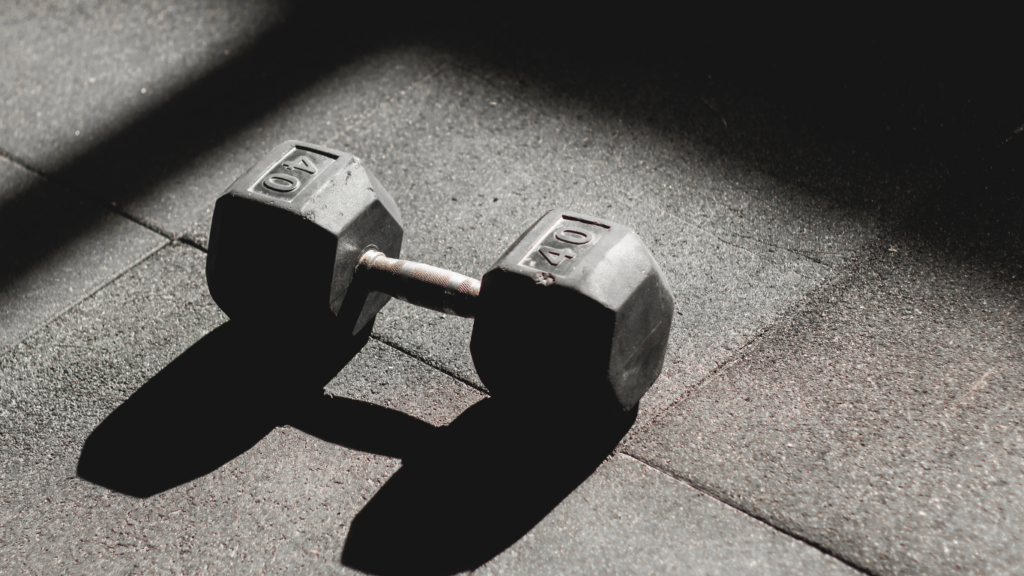Getting ready for a challenging workout is crucial for maximizing performance and preventing injuries. That’s where dynamic warm-ups come in. As I dive into the world of fitness, I’ve discovered the importance of preparing the body through dynamic movements that mimic the exercises to follow.
It’s not just about stretching; it’s about priming your muscles and joints for the intense activity ahead. In this article, I’ll delve into the benefits of dynamic warm-ups and how they can elevate your exercise routine.
From increasing blood flow to improving flexibility and enhancing overall performance, these dynamic movements are a game-changer. So, join me as we explore the power of dynamic warm-ups in getting your body ready for the challenges of intense workouts.
Benefits of Dynamic Warm-Ups
Exploring the advantages of dynamic warm-ups further reinforces their pivotal role in enhancing workout readiness. These warm-ups offer numerous benefits that contribute to optimal physical performance and reduced risk of injuries.
Below are key benefits to underscore the importance of incorporating dynamic warm-ups into your exercise routine:
- Increased Blood Flow: Engaging in dynamic warm-ups boosts blood circulation, ensuring that muscles receive a sufficient oxygen supply. This heightened blood flow primes the body for intense activity, enhancing performance during workouts.
- Improved Flexibility: Dynamic warm-ups involve dynamic stretching, which helps increase flexibility and range of motion in the muscles and joints. By moving through various motions during warm-up, the body becomes more supple, reducing the chances of strain or injury during exercise.
- Enhanced Muscle Activation: By incorporating movements that mimic upcoming exercises, dynamic warm-ups activate the specific muscle groups that will be utilized during the workout. This activation prepares the muscles for exertion, leading to improved efficiency and effectiveness in each movement.
- Better Neuromuscular Coordination: Dynamic warm-ups involve coordination between muscles and the nervous system, enhancing communication pathways. This improved neuromuscular coordination results in smoother movement patterns, reducing the risk of muscle imbalances and enhancing overall performance.
- Injury Prevention: One of the primary benefits of dynamic warm-ups is their ability to reduce the risk of injuries during exercise. By gradually increasing heart rate, body temperature, and blood flow, dynamic warm-ups prepare the body for physical exertion, improving resilience against potential injuries.
- Mental Preparation: Dynamic warm-ups not only prime the body but also mentally prepare individuals for the upcoming workout. Engaging in dynamic movements can help focus the mind, increase alertness, and enhance overall readiness for the training session ahead.
Incorporating dynamic warm-ups into your exercise routine can significantly impact your performance and overall well-being. By reaping the benefits of enhanced blood flow, flexibility, muscle activation, coordination, injury prevention, and mental preparation, you set yourself up for success in your fitness journey.
Importance of Preparing Your Body
Dynamic warm-ups play a crucial role in getting your body ready for intense exercise. They involve movements that mimic the activities you’ll be doing during your workout, effectively priming your muscles and joints for action.
By incorporating dynamic warm-ups into your routine, you set yourself up for success in your fitness journey.
Increased Blood Flow
With dynamic warm-ups, you can significantly boost blood flow to your muscles. This increased circulation delivers more oxygen and nutrients to the working muscles, enhancing their performance during exercise. By ramping up blood flow through dynamic movements, you optimize your body’s ability to meet the demands of your workout.
Enhanced Flexibility
Dynamic warm-ups help improve flexibility by taking your muscles and joints through a full range of motion. This dynamic stretching prepares your body for the movements it’s about to perform, reducing the risk of injury and enhancing overall flexibility.
By incorporating dynamic stretches into your warm-up routine, you can increase your range of motion and perform exercises more effectively.
Types of Dynamic Warm-Up Exercises
When considering dynamic warm-up exercises, it’s essential to incorporate movements that engage multiple muscle groups and prepare the body for the specific demands of the workout ahead. Here are some effective types of dynamic warm-up exercises to implement:
1. Leg Swings:
Engaging in leg swings helps to improve lower body flexibility and warm up the hip flexors and hamstrings. Stand upright and swing one leg forward and backward in a controlled manner, gradually increasing the range of motion.
2. Arm Circles:
Arm circles are great for warming up the shoulders and upper body. Extend your arms out to the sides and make circular motions, gradually increasing the size of the circles to enhance mobility.
3. Bodyweight Squats:
Bodyweight squats are excellent for activating the lower body muscles and enhancing hip mobility. Perform squats with proper form, focusing on depth and activation of the glutes and quadriceps.
4. High Knees:
High knees are effective for boosting heart rate and warming up the lower body muscles. While jogging in place, lift your knees towards your chest as high as possible, maintaining a quick pace.
5. Lunges with a Twist:
Combining lunges with a twist helps to warm up the lower body while engaging the core muscles. Step forward into a lunge position and rotate your torso towards the side of the forward leg, alternating sides.
6. Jumping Jacks:
Jumping jacks are a dynamic full-body exercise that increases heart rate and improves overall coordination. Perform jumping jacks by jumping to spread your legs out to the sides while raising your arms above your head, then return to the starting position.
Incorporating a variety of these dynamic warm-up exercises into your pre-workout routine can effectively prepare your body for strenuous exercise, optimize performance, and reduce the risk of injuries.
Tips for Designing an Effective Warm-Up Routine
As an experienced fitness enthusiast, I understand the importance of designing a dynamic warm-up routine that sets the stage for a successful workout session. Here are some key tips to help you create an effective warm-up plan:
- Consider Your Workout: Start by tailoring your warm-up to the specific exercises you’ll be performing. If you’re focusing on lower body strength training, include movements that target the legs and hips. For a cardio-intensive workout, incorporate exercises that elevate your heart rate.
- Gradual Intensity Increase: Begin your warm-up with lighter movements and gradually increase the intensity as you progress. This gradual buildup primes your muscles and joints for the more intense exercise to come, reducing the risk of strain or injury.
- Focus on Full-Body Activation: Engage multiple muscle groups during your warm-up to ensure that your entire body is ready for action. Include exercises that target different areas, such as core twists, arm swings, and leg raises, to achieve comprehensive muscle activation.
- Dynamic Movements: Incorporate dynamic movements that mimic the actions you’ll be performing in your workout. For example, if your main routine involves jumping or sprinting, include dynamic lunges or high knees in your warm-up to prepare your body for similar actions.
- Duration and Frequency: Aim for a warm-up session that lasts around 5-10 minutes, depending on the intensity of your workout. Additionally, ensure that you perform a warm-up before each exercise session to consistently prepare your body for optimal performance.
By following these tips and customizing your warm-up routine to suit your workout goals, you’ll effectively prime your body for intense exercise, enhance your performance, and minimize the risk of injuries. Incorporating these strategies into your fitness regimen will help you achieve your fitness milestones with confidence and efficiency.


